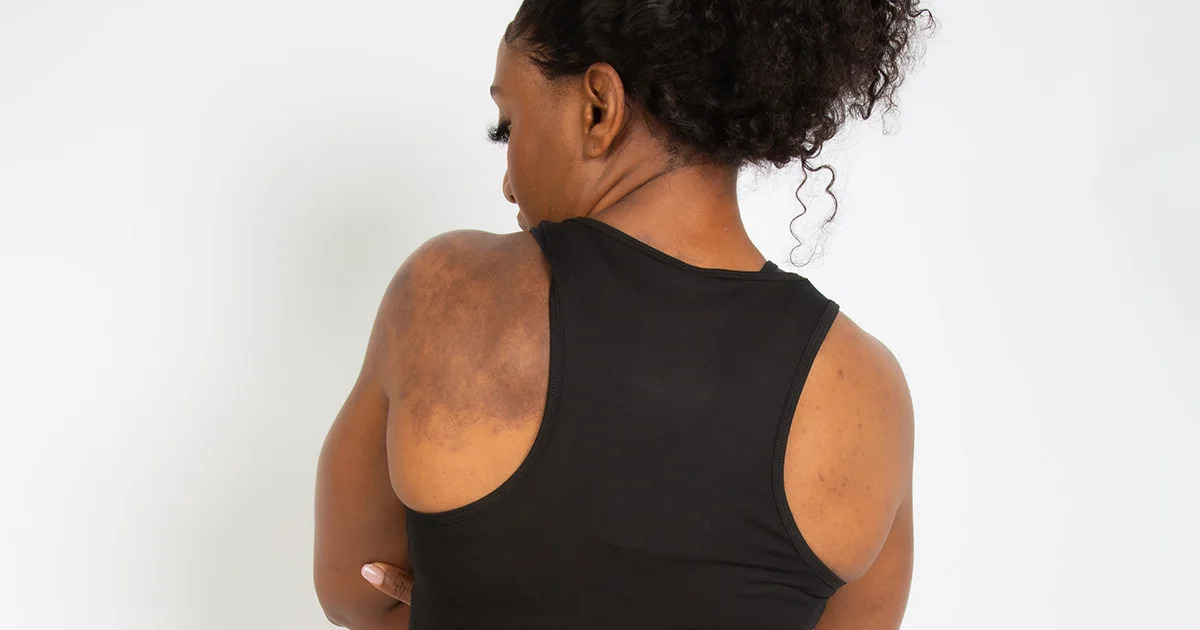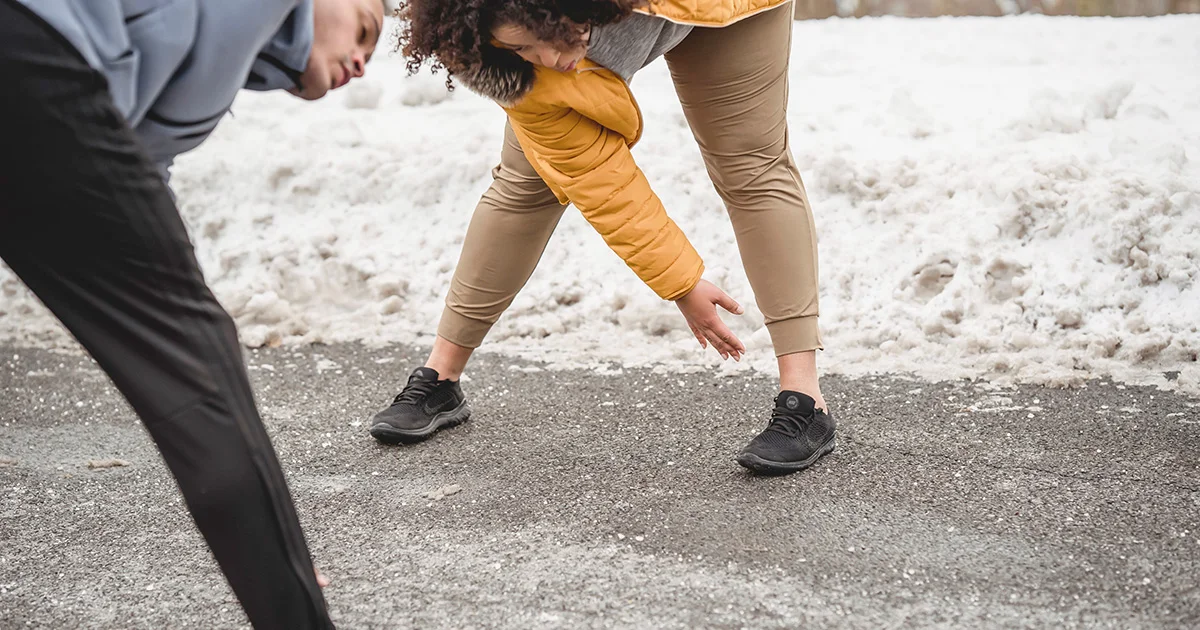Here's what we'll cover
Here's what we'll cover
When you hear cardio, your mind may go to marathon training, aerobics, or an hour-long HIIT class. Good news: getting in cardio doesn’t have to be complicated, or long for that matter. It can be as simple as jumping rope.
Jumping rope is an accessible, affordable form of cardiovascular exercise with a myriad of benefits. Jumping rope can strengthen your leg and calf muscles, lower body fat, improve heart health, and even bolster your stamina and motor skills (Kirthika, 2019; Eler, 2018).
Here are seven health benefits of skipping rope that will make you jump for joy.
1. Calorie burning
Anyone who’s jumped rope before can tell you it’s a vigorous form of exercise. Just 10 minutes of intense rope skipping burns calories, increases heart rate, and boosts heart and lung fitness.
Due to its intensity––and the fact that all your muscle groups are involved––skipping rope is a highly efficient form of cardio exercise, leading to more calories burned in a shorter amount of time (Fountaine, 2015).
Health experts have been touting the benefits of jump roping ever since a 1960s study found that just 10 minutes of jumping rope daily gives you the same endurance benefits as jogging for 30 minutes (Baker, 1968).
2. Increased cardiovascular fitness
A measurement called VO2 max is the maximum rate of oxygen you use during exercise. It’s a good indicator of your overall cardiovascular fitness and endurance––and jumping rope can increase it.
In one recent study, college men were split into two groups. One group continued their regular exercise routine, while the other jumped rope twice a day, gradually increasing their target heart rate over a period of 12 weeks.
Only those who incorporated jump rope into their workout showed significant improvements to their VO2 max levels and overall fitness (Kirthika, 2019).
3. Improved muscle strength
Jumping rope is a total body workout that builds muscle, most obviously in the legs, but in the arms and upper body, too (Kirthika, 2019).
The rotational movement of your arms can strengthen shoulders as well, leading researchers to recommend it as a conditioning exercise for athletes who use their arms and shoulders to throw balls overhead like volleyball, baseball, and tennis (Duzgun, 2010).
4. Better coordination and balance
Skipping rope takes serious skills. All that practice improves your psychomotor skills, hand-eye coordination, and balance––no matter how athletic you are.
Research has found jumping rope significantly improved motor coordination in children with autism spectrum disorder, pre-teen soccer players, and female volleyball players. The athletes enjoyed additional gains like improved balance and endurance (Ki-Chon, 2017; Trecroci, 2015; Ozer, 2011).
5. Better heart health
Jumping rope may also lower your risk of heart disease. In a study of teen girls with early stages of high blood pressure, a 12-week program of jumping rope significantly improved their scores across a number of heart disease risk factors, including body fat composition, blood pressure, and pulse rate (Sung, 2019).
6. Improved bone density
Increased bone density lowers your risk of osteoporosis. It’s easiest to build bone density when you’re young, which is why researchers tested the effects of skipping rope and bone mass in pre-teen girls. Less than a year after taking up a weekly jump rope regimen, the girls showed improved bone density in their legs (Ha, 2017).
7. Lower risk of injury
Skipping rope has been proven to improve both balance and coordination. When you’re more coordinated, you’re less likely to injure yourself. That includes when you’re working out, as well as when you’re going about your day or running errands (Trecroci, 2015).
Ready to add jump rope to your workout routine?
All you need to get started are two simple things: a jump rope and space to jump. Here’s how to incorporate this type of exercise into your workout:
Try jumping rope as a 10 minute warm-up.
Do high-intensity interval jump roping, which involves jumping rope for a minute, then resting for 20 seconds before jumping again.
Jump rope in between rounds of pushups, situps, or weight lifting.
Use a weighted jump rope for more intensity.
Experiment with different intervals. You might start by jumping for 15 to 30 seconds before taking a break. As you practice, challenge yourself to progress to jumping for a full minute or longer.
Jump rope exercises
You can always start with the basic bounce, jumping once with each rotation of the rope and keeping your feet together. Once that becomes familiar, you can get fancy with your footwork. Here are some other ways to jump rope:
Doing a double bounce, jumping twice in between each rotation of the rope.
Jumping on just one foot for a minute, then switching to the other foot.
Scissoring your feet, alternating between having your right or left foot in front with each bounce.
Bringing your feet in and out as you jump, similar to a jumping jack.
Tips for a good jump rope workout
To get the most out of jumping rope (and to avoid injury) follow these tips:
Use the right size rope for your body: Stand in the middle of the rope with a handle in each hand, and pull them up toward your chest. With the right-sized rope, the handles should be around armpit level.
Choose a good jumping surface: Concrete and asphalt are usually too hard, while grass is too soft. Wood floors and rubber or vinyl mats fall in the Goldilocks zone of being just right for skipping rope.
Maintain proper form: As you jump, keep your chest up and shoulders back. Don’t lean forward. Aim to land on the balls of your feet, with a soft bend in your knees.
Keep up a good pace: One thing to help keep pace is listening to music. You can jump to a certain beat or if you want to speed up, listen to a faster song.
Jumping rope can be a worthy addition to your workout routine, but it’s not for everyone. If you have bone problems or hip, knee, or ankle injuries, speak with a trainer or healthcare provider first before changing up your exercise routine.
DISCLAIMER
If you have any medical questions or concerns, please talk to your healthcare provider. The articles on Health Guide are underpinned by peer-reviewed research and information drawn from medical societies and governmental agencies. However, they are not a substitute for professional medical advice, diagnosis, or treatment.
Baker, J. A. (1968). Comparison of rope skipping and jogging as methods of improving cardiovascular efficiency of college men. Research Quarterly. American Association for Health, Physical Education and Recreation, 39 (2), 240–243. doi: 10.1080/10671188.1968.10618043. Retrieved from https://www.tandfonline.com/doi/abs/10.1080/10671188.1968.10618043
Duzgun, I., Baltaci, G., Colakoglu, F., Tunay, V. B., & Ozer, D. (2010). The effects of jump-rope training on shoulder isokinetic strength in adolescent volleyball players. Journal of Sport Rehabilitation, 19 (2), 184–199. doi: 10.1123/jsr.19.2.184. Retrieved from https://pubmed.ncbi.nlm.nih.gov/20543219/
Eler, N., & Acar, H. (2018). The effects of the rope jump training program in physical education lessons on strength, speed and VO2 max in children. Universal Journal of Educational Research, 6 (2), 340–345. doi: 10.13189/ujer.2018.060217. Retrieved from https://files.eric.ed.gov/fulltext/EJ1170647.pdf
Fountaine, C. J., & Schmidt, B. J. (2015). Metabolic cost of rope training. Journal of Strength and Conditioning Research, 29 (4), 889–893. doi: 10.1519/JSC.0b013e3182a35da8. Retrieved from https://pubmed.ncbi.nlm.nih.gov/23897017/
Ha, A. S., & Ng, J. (2017). Rope skipping increases bone mineral density at calcanei of pubertal girls in Hong Kong: A quasi-experimental investigation. PloS One, 12 (12), e0189085. doi: 10.1371/journal.pone.0189085. Retrieved from https://pubmed.ncbi.nlm.nih.gov/29220384/
Jeong, K. C., & Shin, J. G. (2017). Effects of jump rope program on motor coordination of children with Autistic Spectrum Disorder. Research Journal of Pharmacy and Technology, 10 (7), 2391. doi: 10.5958/0974-360x.2017.00423.1. Retrieved from https://www.indianjournals.com/ijor.aspx?target=ijor:rjpt&volume=10&issue=7&article=075
Kirthika, S. V., Lakshmanan, R., Padmanabhan, K., Sudhakar, S., & Selvam, P. S. (2019). The effect of skipping rope exercise on physical and cardiovascular fitness among collegiate males. Research Journal of Pharmacy and Technology, 12 (10), 4831. doi: 10.5958/0974-360x.2019.00836.9. Retrieved from http://www.indianjournals.com/ijor.aspx?target=ijor:rjpt&volume=12&issue=10&article=046
Ozer, D., Duzgun, I., Baltaci, G., Karacan, S., & Colakoglu, F. (2011). The effects of rope or weighted rope jump training on strength, coordination and proprioception in adolescent female volleyball players. The Journal of Sports Medicine and Physical Fitness, 51 (2), 211–219. Retrieved from https://pubmed.ncbi.nlm.nih.gov/21681154/
Sung, K. D., Pekas, E. J., Scott, S. D., Son, W. M., & Park, S. Y. (2019). The effects of a 12-week jump rope exercise program on abdominal adiposity, vasoactive substances, inflammation, and vascular function in adolescent girls with prehypertension. European Journal of Applied Physiology, 119 (2), 577–585. doi: 10.1007/s00421-018-4051-4. Retrieved from https://pubmed.ncbi.nlm.nih.gov/30554386/
Trecroci, A., Cavaggioni, L., Caccia, R., & Alberti, G. (2015). Jump rope training: Balance and motor coordination in preadolescent soccer players. Journal of Sports Science & Medicine, 14 (4), 792–798. Retrieved from https://pubmed.ncbi.nlm.nih.gov/26664276/










